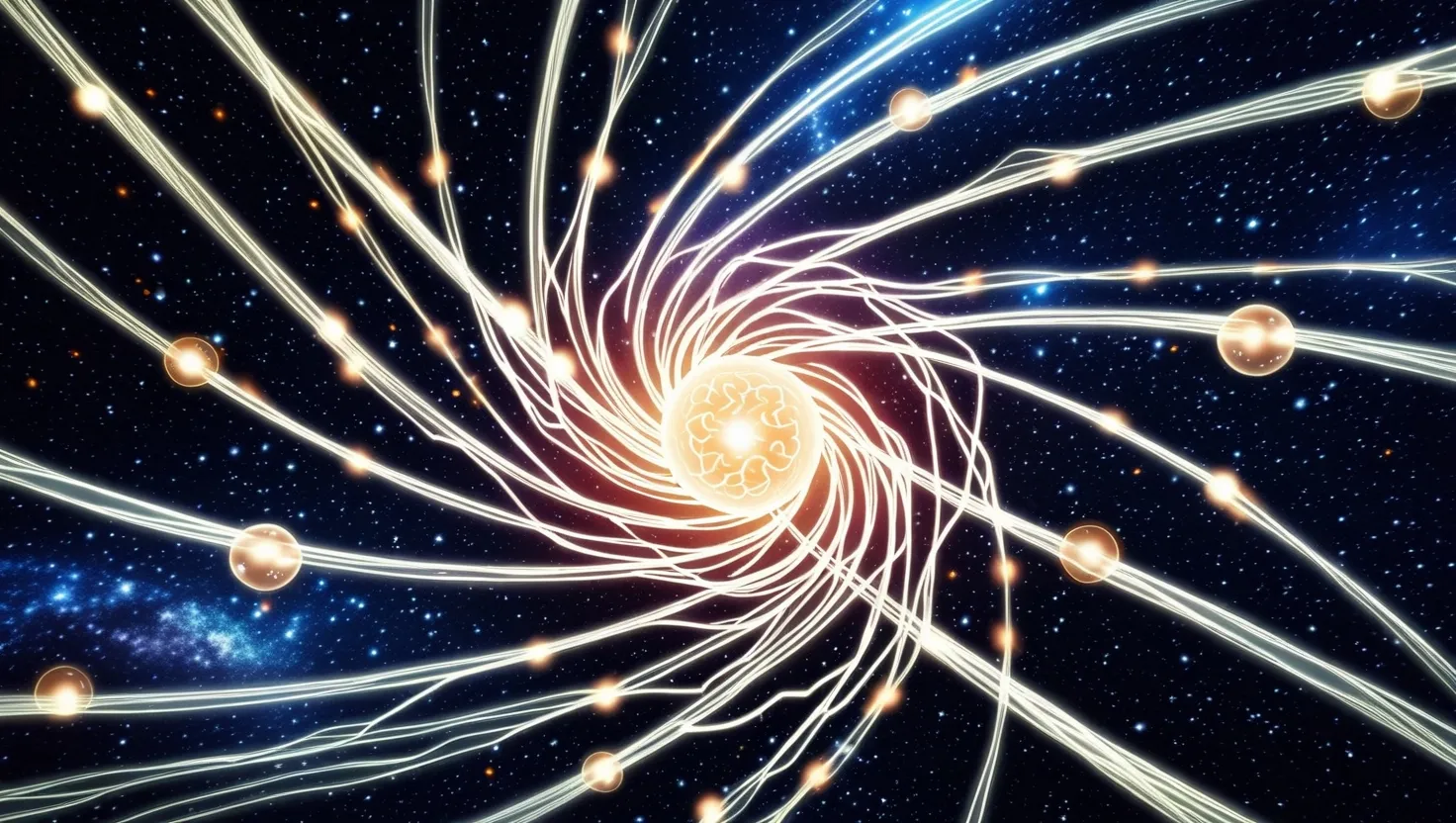Nuclear secrets have a peculiar habit of slipping through our fingers. They vanish into thin air, leaving behind whispers of what could have been. The world of classified nuclear research is shrouded in mystery, with programs appearing and disappearing like ghosts in the night. Let’s explore seven such enigmatic initiatives that vanished without a trace, leaving us to wonder about their true nature and impact.
Project Iceworm stands as a testament to Cold War ingenuity and paranoia. Beneath the icy expanse of Greenland, the United States military sought to create a network of mobile nuclear launch sites. The idea was brilliantly simple yet audacious - use the natural camouflage of ice and snow to hide a potent nuclear deterrent. But like many grand schemes of that era, Project Iceworm melted away, leaving behind only fragments of its existence.
“In preparing for battle I have always found that plans are useless, but planning is indispensable.” - Dwight D. Eisenhower
What if Project Iceworm had succeeded? Would the Cold War have taken a different turn?
The Chinese Empty Quarter Project remains one of the most intriguing entries in our list. Deep in the heart of China’s vast deserts, a team of scientists reportedly worked on cutting-edge fusion research. The project’s isolation was both its strength and its downfall. Far from prying eyes, the research progressed rapidly, but the harsh environment and logistical challenges eventually proved insurmountable. The Empty Quarter Project faded into obscurity, leaving us to ponder the advancements in fusion technology that might have been lost.
Brazil’s Parallel Program is a fascinating case of nuclear ambition meeting political reality. In the shadows of the country’s civilian nuclear program, a covert initiative aimed to develop independent nuclear capabilities. The program operated in utmost secrecy, with even high-ranking officials unaware of its full scope. As Brazil transitioned to democracy, the Parallel Program quietly wound down, its achievements and failures locked away in classified archives.
“The release of atomic energy has not created a new problem. It has merely made more urgent the necessity of solving an existing one.” - Albert Einstein
How close did Brazil come to joining the nuclear club? And what implications would that have had for global politics?
Soviet Project K takes us deep underground, where Soviet scientists explored the potential of nuclear pulse propulsion. The concept was as revolutionary as it was dangerous - using controlled nuclear explosions to propel spacecraft. The project promised to revolutionize space travel, but the risks and technical challenges proved too great. Project K disappeared from the Soviet research agenda, leaving behind tantalizing questions about what might have been possible.
The Australian Outback Initiative represents a little-known chapter in nuclear history. In the vast, empty expanses of the Outback, Australian scientists reportedly conducted secret uranium enrichment experiments. The project’s isolation provided perfect cover, but also posed significant logistical challenges. As quickly as it appeared, the Outback Initiative vanished, leaving behind only rumors and speculation about Australia’s true nuclear capabilities.
“The atomic bomb made the prospect of future war unendurable. It has led us up those last few steps to the mountain pass; and beyond there is a different country.” - J. Robert Oppenheimer
What discoveries were made in the Australian desert? And how did they shape the country’s role in global nuclear politics?
Operation Argus Prime stands out as one of the most audacious nuclear testing programs ever conceived. Conducted in the upper atmosphere, these tests aimed to study the effects of high-altitude nuclear detonations. The results were as spectacular as they were concerning, creating artificial radiation belts around Earth. The program was abruptly terminated, its findings classified, leaving us to wonder about the long-term consequences of tampering with our planet’s magnetic field.
The Taiwan Mountain Complex rounds out our list with a tale of subterranean secrecy. Deep within Taiwan’s mountainous interior, a hidden facility reportedly housed advanced nuclear research. The complex’s existence was a closely guarded secret, known only to a select few. As geopolitical winds shifted, the Mountain Complex was allegedly abandoned, its purpose and achievements lost to time.
“I am become Death, the destroyer of worlds.” - J. Robert Oppenheimer, quoting the Bhagavad Gita
What breakthroughs were made in those mountain laboratories? And how did they influence Taiwan’s strategic position?
These seven secret nuclear research programs, now vanished, represent the intersection of scientific ambition, military strategy, and political intrigue. They remind us of the immense resources and intellect devoted to nuclear technology during the Cold War and beyond. Each program, in its own way, pushed the boundaries of what was possible, often at great risk and cost.
The sudden termination of these initiatives raises numerous questions. Were they shut down due to technical failures, political pressures, or something more sinister? Did they achieve their goals, only to have the results suppressed? Or were they red herrings, designed to mislead foreign intelligence agencies?
The legacy of these vanished programs extends beyond their immediate scientific or military objectives. They shaped the careers of countless scientists and engineers, influenced international relations, and in some cases, altered the very landscape of the regions where they operated.
Moreover, these secret programs highlight the ethical dilemmas inherent in nuclear research. The potential for both great benefit and catastrophic harm is ever-present, forcing us to grapple with fundamental questions about the role of science in society and the responsibilities that come with such powerful knowledge.
As we reflect on these vanished nuclear research programs, we’re left to ponder the nature of progress and secrecy in scientific endeavors. How many other programs might exist, hidden from public view? What breakthroughs have been made that we may never know about?
“The world has achieved brilliance without wisdom, power without conscience. Ours is a world of nuclear giants and ethical infants.” - Omar N. Bradley
The story of these seven programs is not just about nuclear technology. It’s a tale of human ambition, ingenuity, and the complex interplay between science, politics, and ethics. It reminds us that for every advancement we celebrate openly, there may be countless others hidden away, their potential unrealized or their dangers carefully contained.
In the end, these vanished programs serve as a reminder of the double-edged nature of scientific progress. They challenge us to consider the costs and benefits of pursuing knowledge at any cost, and to reflect on our responsibilities as stewards of increasingly powerful technologies.
As we move forward into an uncertain future, the lessons of these secret nuclear research programs remain relevant. They urge us to approach scientific advancement with caution, wisdom, and a keen awareness of the potential consequences of our actions. In the shadow of these vanished initiatives, we’re called to navigate the delicate balance between progress and prudence, secrecy and transparency, ambition and responsibility.
What other secrets might be out there, waiting to be discovered? And how will future generations judge our handling of the immense power we’ve unleashed? These are questions we must continue to grapple with, even as the traces of these secret programs fade into history.






